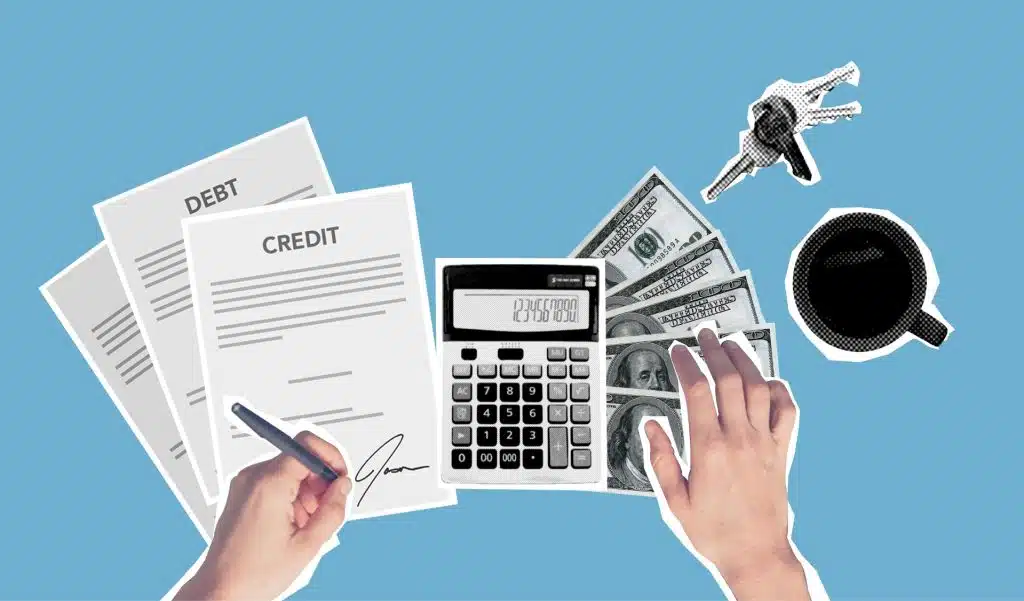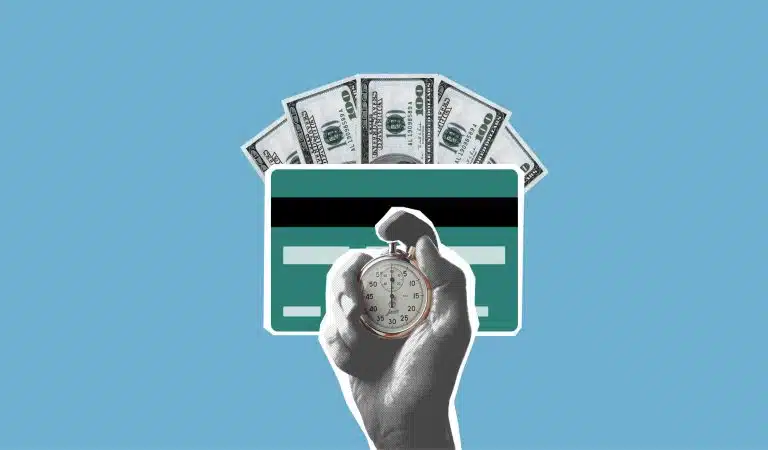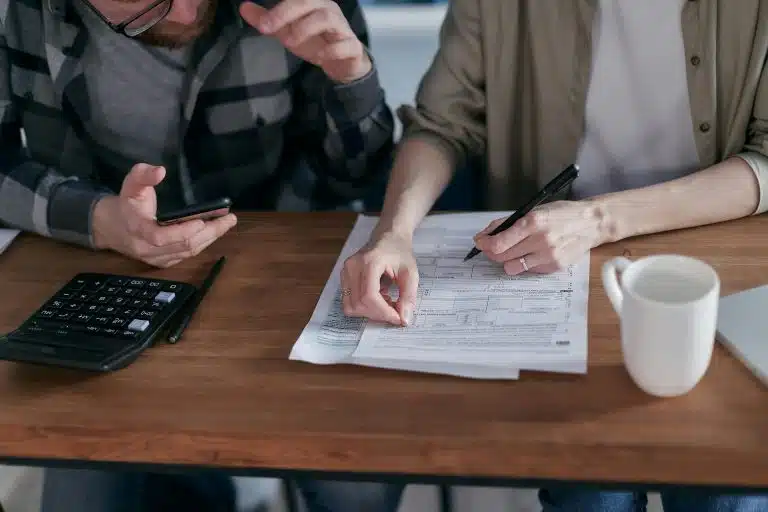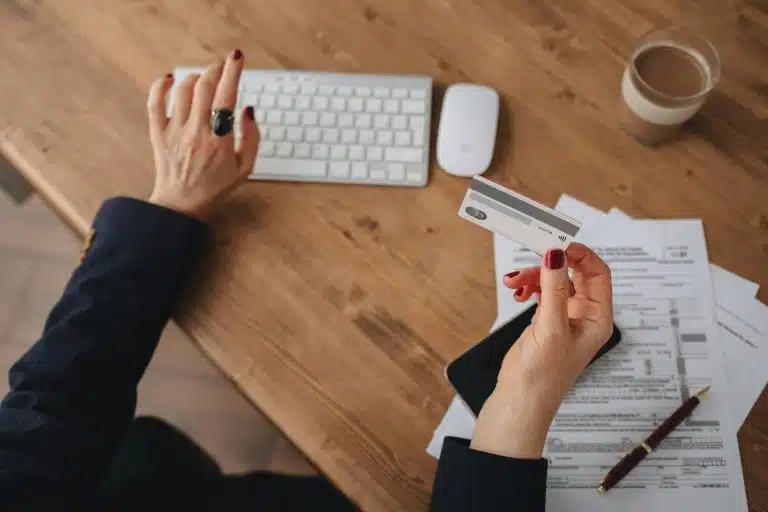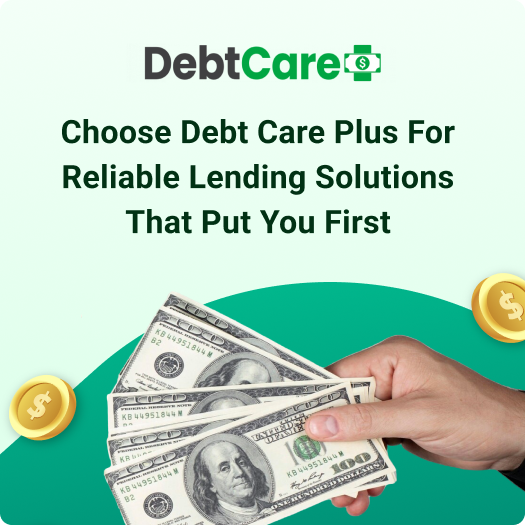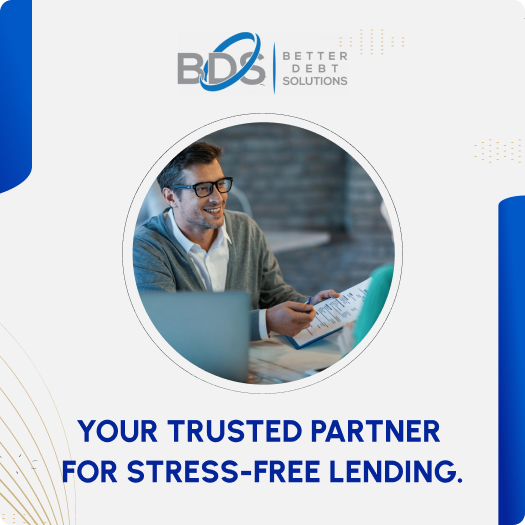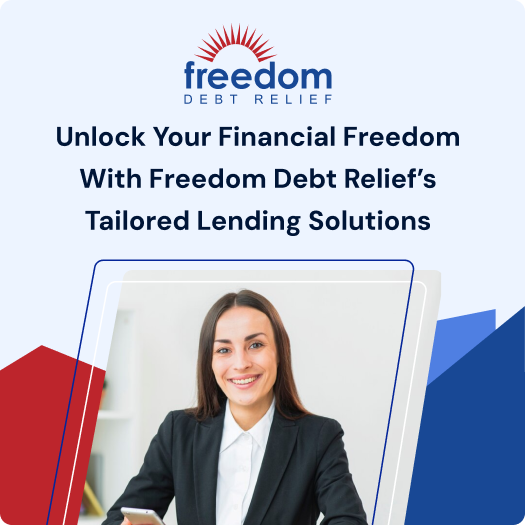Car loans, student loans, and credit cards. Oh my!
Debt comes in all sorts of shapes and sizes, but no matter how you slice it, debt keeps you from living your best life. It’s time to take back control! Here’s everything you need to know about the types of debt—and how you can ditch it for good.
What Is Debt?
Debt is when you owe anyone money, plain and simple. Anytime you don’t pay in full upfront—that’s debt. Maybe you’re still making payments on something you bought years ago. Whether it’s a car loan, credit card bill, or a personal loan from your friend, you’re not fully in control of your money until it’s paid off.
Let’s be honest: Debt isn’t something to take lightly. The average American carries over $34,000 in consumer debt. That’s a lot of hard-earned cash going toward something that isn’t helping you get ahead. Debt keeps you from focusing on your financial goals and traps you in a cycle of paying others instead of building your own future.
But before you can tackle debt, you’ve got to know what you’re up against. Let’s break it down.
Secured Debt
You drive that shiny new car off the lot, feeling like a million bucks—except it’s not yours yet. You financed it. That’s secured debt.
Secured debt is backed by something valuable, like your car or house. The lender holds onto the asset (called collateral) until you pay it off. If you don’t, they can take it back. That might sound harsh, but that’s how they keep things less risky for themselves.
The catch? Secured debt often feels like you’re just renting what’s supposedly “yours.” If you miss payments, the repo man comes knocking. Want to avoid that? Save up and buy things outright. No loan means no lender—and a better night’s sleep knowing you own your stuff, fair and square.
Unsecured Debt
Next up, unsecured debt. No collateral here, just your promise to pay it back. This is your credit cards, student loans, medical bills, or even payday loans. Since there’s nothing for the lender to seize if you don’t pay, they charge higher interest rates to cover the risk.
Without the fear of losing your house or car, unsecured debt can sneak up on you. That credit card balance? It might not feel like a big deal now, but if you’re only making the minimum payments, it’ll grow faster than you expect.
Don’t fall for it—pay it off as quickly as you can and avoid unnecessary debt whenever possible!
Revolving Debt
Let’s talk about revolving debt—your credit cards and store cards. With revolving debt, you’ve got a credit limit, and as long as you make the minimum payment every month, you can keep borrowing. Sounds nice, right? Wrong.
The problem with revolving debt is that it can quickly spiral out of control. Just because the minimum payment is low doesn’t mean the interest is. If you’re not paying off the full balance every month, interest piles up, and before you know it, you’re drowning in debt.
Do yourself a favor: Stop relying on credit cards, and only spend what you can afford to pay off at the end of the month. Don’t let that revolving door of debt keep spinning!
Non-Revolving Debt
On the flip side, there’s non-revolving debt. This type of debt—think car loans, student loans, or mortgages—gives you a set amount upfront, and you pay it back in installments until it’s gone. Once it’s paid off, that’s it; the credit line closes, and you’re not borrowing anymore.
The downside? Non-revolving debt tends to involve big numbers, like a mortgage. Sure, your house is a big investment, but interest adds up fast. Let’s say you borrow $250,000 for a home
at 3.8% interest on a 30-year loan. By the time you’ve paid it off, that house will have cost you nearly $420,000! Yikes.
Be careful with loans that take decades to pay off. The sooner you pay it down, the more you save in interest.
Sneaky Debt
You know those “zero percent APR” deals on furniture or electronics? Sounds like a great deal, right? Well, that’s what we call sneaky debt.
These promotions sound great, but they’re banking on the fact that most people won’t pay off the balance before the promo period ends. The second you slip up, sky-high interest rates kick in, and now that “amazing deal” is costing you way more than you bargained for.
Another sneaky culprit? Financing cell phones. A lot of folks don’t even realize they’re financing their shiny new smartphone. But until it’s paid off, that phone isn’t really yours—it’s just another debt hanging over your head. Save up and pay with cash instead!
Is There Such a Thing as "Good" Debt?
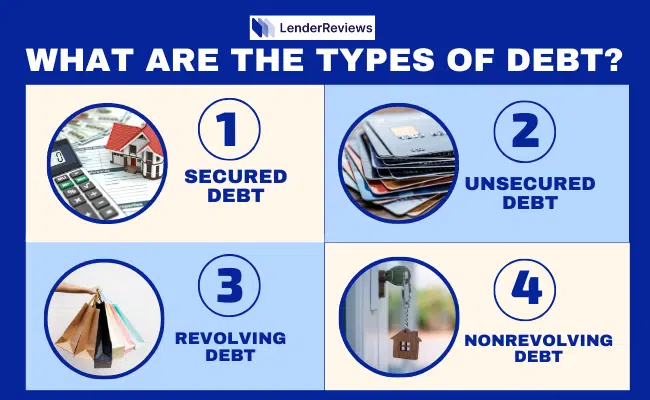
Spoiler alert: Nope! Good debt doesn’t exist. It’s a myth, just like “good” cholesterol in fried foods.
Take student loans, for example. Sure, they help you get an education, but that doesn’t mean they’re not debt weighing you down. Thousands of people are still drowning in student loans long after they graduate, holding them back from achieving their dreams.
Even a mortgage—which some people argue is “necessary debt”—can turn into a financial burden if you’re not careful. That’s why, if you’re going to take on a mortgage, aim for a 15-year fixed-rate loan and make sure the monthly payment is less than 25% of your take-home pay.
How to Get Out of Debt
Now, the million-dollar question: How do you ditch debt for good? Here’s where you start:
- Make a Budget: The first step to kicking debt to the curb is knowing where your money goes. Create a budget where every dollar has a job. This way, you’ll make sure you cover the essentials while chipping away at debt.
- Use the Debt Snowball Method: List your debts from smallest to largest and start knocking them out. Pay minimums on everything except the smallest one—that’s where you’ll throw everything you’ve got. Once that’s paid off, move to the next. Like a snowball, you’ll build momentum and crush your debt!
- Cut Back Where You Can: Trim your expenses to free up more money for debt repayment. Got streaming services or subscriptions you rarely use? Cancel them. Bring lunch to work instead of eating out. Every extra dollar you throw at your debt helps you get out faster.
The Bottom Line
Debt is a thief—it steals from your present and your future. Whether it’s secured, unsecured, revolving, or sneaky debt, it’s all working against you. But with a solid plan and some dedication, you can tackle your debt and get on the road to financial freedom.
Ready to take control of your money? Start budgeting, pay off that debt, and get back to living life on your terms.

